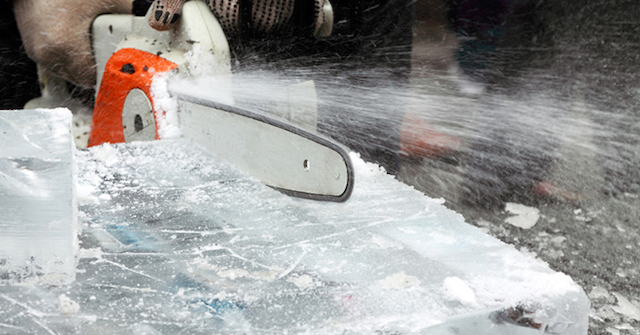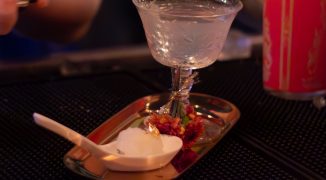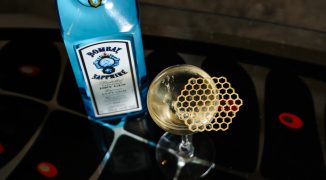These days, you can find handcrafted, locally made versions of just about every cocktail ingredient under the sun. And alongside the small-batch syrups, boutique booze and bespoke bitters, now even ice is artisanal. While it may seem like just one more business shifting toward the small, slow and thoughtful, there’s a reason high-end frozen water may be here to stay.
Though the industry can cross the line into gimmicky (here’s looking at you, Kickstarter for non-reusable, individually packaged, nine-times-filtered cubes for a dollar a pop) ice is an essential part of the cocktail. “It’s important to note that the first definition of a cocktail is from 1806 in the ‘Columbia Balance and Repository’ as being spirits of any kind, water, sugar and bitters,” says Derek Brown, Washington D.C. bar owner and chief spirits advisor to the National Archives Foundation. “In most places, the water part of it is obviously ice.”
Cold, hard science
In some cases, ice can add an ounce of water or more, says Brown. “How you add that is pretty important to the final texture, temperature, and taste of the drink itself.” Using larger cubes also allows you to better control how the cocktail is diluted. “Where you add the most water to any cocktail is when you first add ice into it,” Brown says. “There’s water that exists on the surface of the ice as it melts. The more surface area you have, the more water you have left on the surface.”
Craft ice also provides more options. Before the trend emerged, chip ice was the only game in town, says Brown. “It’s the equivalent of every restaurant only having an oven,” he says. “Where we use ice for production, they use mostly fire. They have this range of tools available to them, and it’s silly to think that a decade ago, chip ice was the only thing available to bartenders.”
Now, it’s a bit different. Some bar programs offer one or two sizes of cubes, while others offer upwards of seven. Many, including Austin’s Half Step Bar, have spaces dedicated to ice production. But making sure the ice turns out crystal clear can be challenging, says Half Step’s owner Chris Bostick. Mineral impurities or air bubbles create nucleation points, or places where the ice starts to form crystals, he says. Luckily, there are a few ways to minimize these imperfections.
“You can freeze blocks of water in Lexan pans,” says Bostick. “They don’t come out crystal clear, because you need a Clinebell [machine] for that.” Standing about the size of an industrial oven, Clinebell machines freeze a block from the bottom. Pumps above the water circulate, an action that mimics how a lake, pond, or river freezes, he says.
This means of freezing also brings cocktail production closer to how it was done in the 19th century. Before the age of commercial refrigeration, workers harvested blocks of ice from frozen bodies of water. Since pollution has compromised many of these water sources, the wild harvest approach isn’t feasible, says Bostick. “We have a lot of control over the final quality of the water before it gets frozen.”
Although its production – and therefore cocktails made with it – may be more expensive, large format ice adds value to a drink through its aesthetics, says Rosanna Lloyd, owner of ice company JustIce Craft Ice Producers. “[Most] bar programs make a lot of simple cocktails that have three ingredients or less,” she says. “If you put a large piece of ice in it, it looks awesome. You’re going to sell more of this simple, cheap-to-make cocktail than you normally would if it was made with chip ice. It’s a give and take. It adds cost, but it also adds value.”
As you might guess, producing ice of this quality in-house requires a great deal of space, labor, and capital outlay. Since many places don’t have the resources, specialty ice companies like JustIce have popped up in several markets to fill the gap. These companies deliver orders of cubes cut to the bar’s specifications from Clinebell ice blocks. Though there’s a bit more cost involved, it allows bars without the space (or manpower) for an in-house program to still offer the large cubes to customers. “We make it really, really, really easy for a bar to have a craft ice program,” says Lloyd.
But the central question remains: does ice need to be specially shaped and perfectly clear for it to make a great drink? “Not necessarily,” says Bostick. “Do we really enjoy doing it? Absolutely.”




